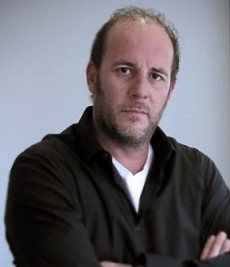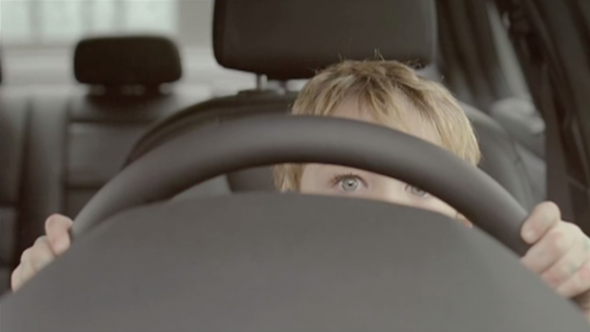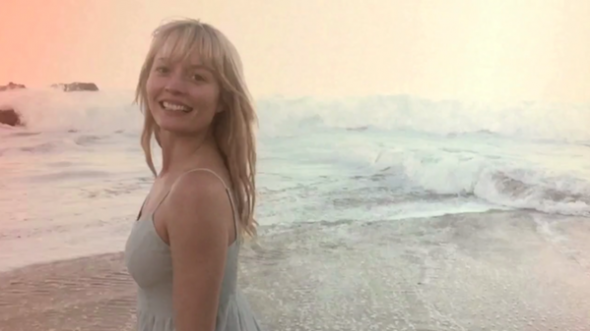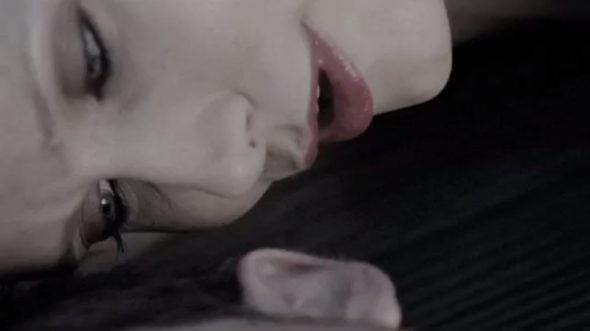
With New Representation in the U.S., del Alamo Will Bring His Signature Style to American Spots
Spanish commercial director Julio del Alamo, who recently signed with Accomplice Media for representation here in the U.S., says he is always aiming to convey the universal in his spots, a reflection of the globalized world in which we now live. "Clients today are from everywhere," says del Alamo, "so the idea has to be able to work everywhere. You can see that when something gets millions of hits on YouTube. It usually is because it doesn't have a language, like music and dance."
Add to that the universal satisfaction we all get from narrative, nostalgia, humor and film, he says, and you'll usually create a spot that rings true for every audience. "As a director, I'm very flexible because right now clients are looking for variety, a little bit of everything," he says. "But when I see ads that are all about the product, saturated in color, with no shadows and everyone has the perfect smile, it is too artificial to me. There is no feeling. It's too plastic. I like to try to create something that has more life in it, to make it beautiful. Something comes into the camera that creates this atmosphere. As a viewer, you aren't really aware of what is happening but it give you a sensation. Some clients just want everything to be clear and perfect and shiny—which is fine. But that's not real life."

This is one reason del Alamo says he prefers to work within the context of a human narrative, especially when the product in question is slick, shiny and has a lot of horsepower. "I like telling stories and I work a lot with cars, but with cars that have a history," he says. "I never show them as machines but almost as characters themselves." In spots like the California-shot "Chevy Malibu" he recently directed, del Alamo blends cinematic styles, even inserts he shot on his iPhone, for a nostalgic spot that in actuality was aimed at a very different audience. "The client was Chinese and wanted to shoot on the Southern California coast but didn't want it to appear too American, which was very hard," he says.
http://vimeo.com/64301438
Del Alamo's commercials blend a variety of filmic styles, which he still prefers to do in camera, as well as a variety of film and digital formats. Even when these styles follow fashion, with handheld camera work in heavy use one year and black-and-white the next, del Alamo says he relies on classic filmmaking tropes to elevate a spot beyond its basic commercial proposition. "Directors will always be trying something new to tell stories in unique, even weirdly edited ways, but in the end, the people and the critics are always looking for the next Lawrence of Arabia or Dr. Zhivago. I try to make my commercials have a cinema kind of look because in the end they are stories too. They have a beginning, a plot and an end. And even if I have to adapt and tell this story in a youthful way or in a way particular to the client, in the end, it is usually successful because it has a classic arc that hangs on a narrative."
Despite his love of film, commercials have long been del Alamo's preferred medium. He also paints and is a still photographer and an avid chef. "Commercials let me do anything: I can do comedy, action, and most important, I can finish something very quickly," he says. "I like that aspect of my work very much. Sometimes, I also like to do more personal things, which fuel my other work." Two recent projects are a documentary short and a book of photography. "Whenever I feel like I get stuck creatively, that's when I know I have to do something with painting, or maybe just cook a paella!" He started his career assisting acclaimed director Pedro Almodovar, though del Alamo says he learned more from looking through the camera than from watching the director work. "I was always very close to the camera. When you take a camera and frame something, you show the viewer, through your sight, that there is something there they didn't notice before. They didn't know it was there; somebody needed to show it to them."
Del Alamo edits all his own work, typically in an Avid. "I know directors who cannot edit at all, and I think that's a mistake," he says. "I think that when you're a director or an artist you need to know about every aspect of production. I've worked as a DP. So when I shoot, I already know what the editing is going to look like. I know what I need for the edit, so I know what to shoot. That's why it bothers me a little bit when some directors shoot the same action over and over with different lenses, just in case. This wastes a lot of time. My feeling is you need to have different material, not the same shot over and over again, to cover yourself if you need to make a longer version of the spot."
With one foot firmly in both the Spanish and U.S. markets, del Alamo says he is eager to take advantage of the much broader range of tools, casting choices and workflows now available to him. "The main difference is the options you have, particularly in the U.S.," he says. "We have great actors and crews in Spain, but in the U.S. there are just so many more choices and so many more skilled [crew members] at every level below the line. There is a piece of gear for everything, and a person for everything who knows how to use that gear. I'm really looking forward to exploring a much wider range of resources, and that includes experiences. Whenever I am in New York or LA, I try to stay a little longer after the shoot, like the old people in the park, and just look and look and soak it all up."

